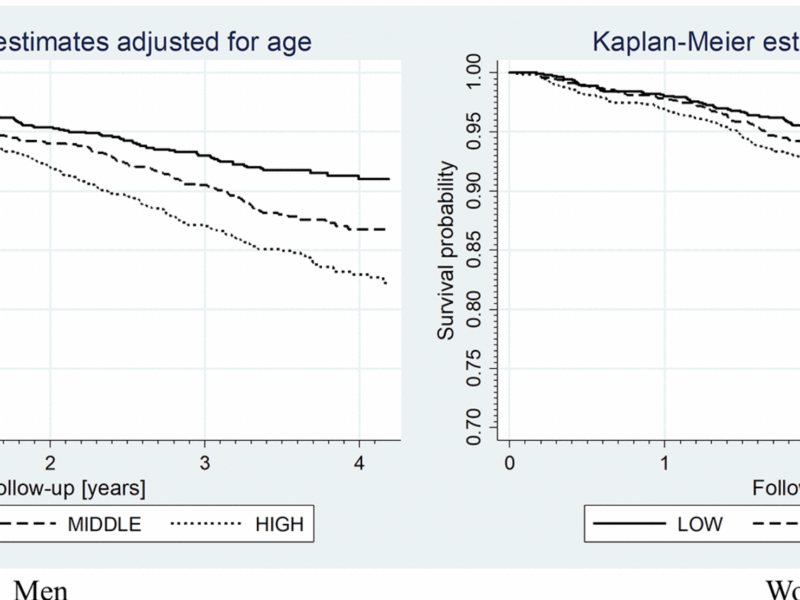PRESS RELEASE – A new research paper was published in Aging (listed by MEDLINE/PubMed as “Aging (Albany NY)” and “Aging-US” by Web of Science), Volume 16, Issue 19 on September 18, 2024, entitled, “Fibroblast growth factor 21 inversely correlates with survival in elderly population – the results of the Polsenior2 study.”
Aging-US Authors

A new research paper was published on the cover of Aging (listed by MEDLINE/PubMed as “Aging (Albany NY)” and “Aging-US” by Web of Science), Volume 16, Issue 19 on October 12, 2024, entitled, “A proteomics approach to study mouse long bones: examining baseline differences and mechanical loading-induced bone formation in young-adult and old mice.”

Dr. Ming Yu and Namita Hattangady from the Fred Hutchinson Cancer Center in Seattle, join host Dr. Evgeniy Galimov to discuss a research paper they co-authored that was published as the cover for Volume 16, Issue 4 of Aging (Aging-US), entitled, “Mapping the core senescence phenotype of primary human colon fibroblasts.”
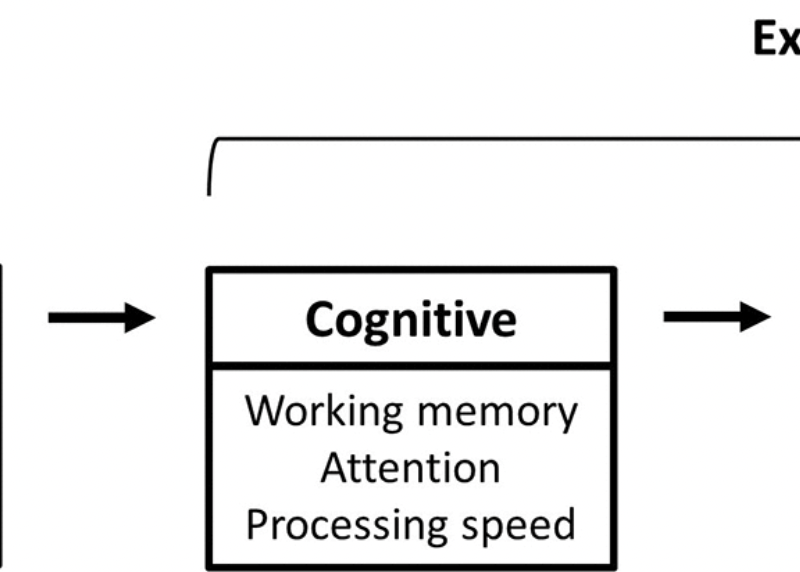
PRESS RELEASE – A new research paper was published in Aging (listed by MEDLINE/PubMed as “Aging (Albany NY)” and “Aging-US” by Web of Science), Volume 16, Issue 18 on September 18, 2024, entitled, “Determinants of cerebral blood flow and arterial transit time in healthy older adults.”

PRESS RELEASE – A new research paper was published on the in Aging (listed by MEDLINE/PubMed as “Aging (Albany NY)” and “Aging-US” by Web of Science), Volume 16, Issue 18 on September 26, 2024, entitled, “Frailty and pre-frailty associated with long-term diminished physical performance and quality of life in breast cancer and hematopoietic cell transplant survivors.”
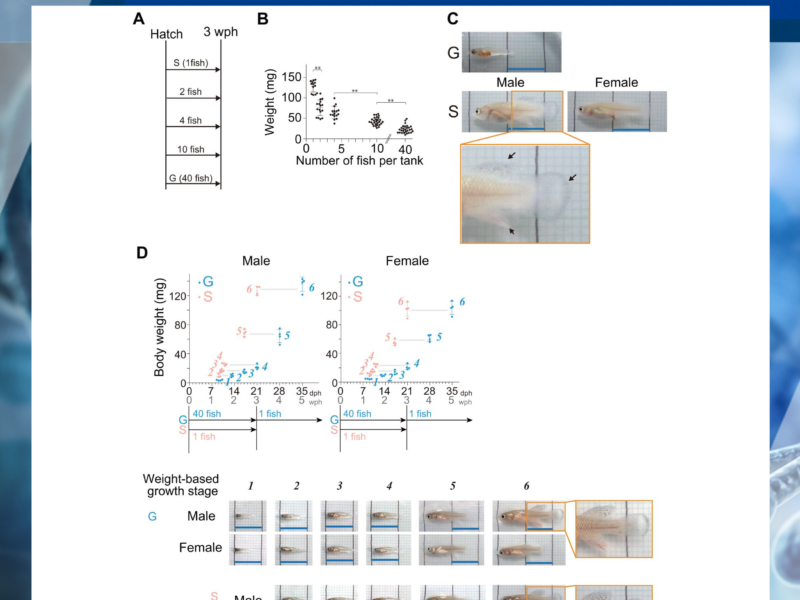
PRESS RELEASE – A new research paper was published on the cover of Aging (listed by MEDLINE/PubMed as “Aging (Albany NY)” and “Aging-US” by Web of Science), Volume 16, Issue 18 on September 16, 2024, entitled, “Single housing of juveniles accelerates early-stage growth but extends adult lifespan in African turquoise killifish.”
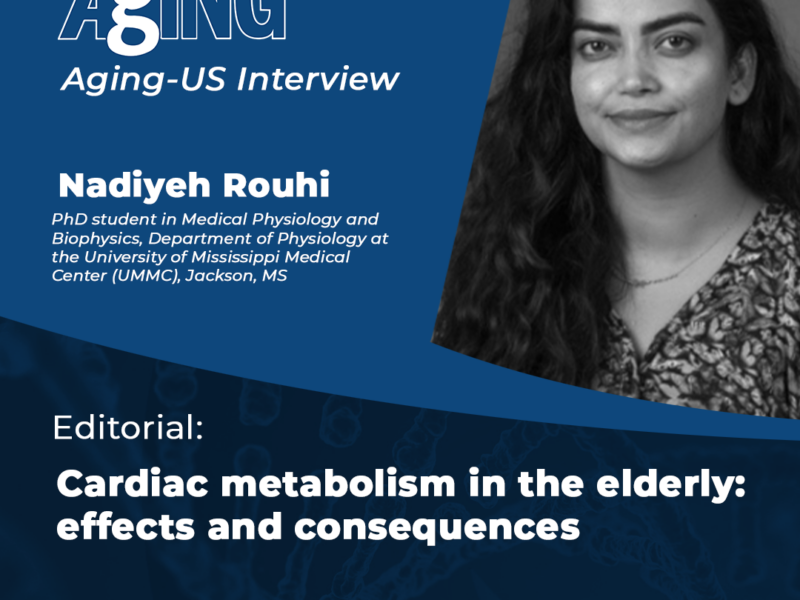
Nadiyeh Rouhi from the Department of Physiology at the University of Mississippi Medical Center (UMMC), Jackson, MS, discusses an editorial she co-authored that was published by Aging (Aging-US) in Volume 16, Issue 16, titled “Cardiac Metabolism in the Elderly: Effects and Consequences.”

PRESS RELEASE – A new research paper titled, “Poor sleep quality, dementia status and their association with all-cause mortality among older US adults” was published in Aging (listed by MEDLINE/PubMed as “Aging (Albany NY)” and “Aging-US” by Web of Science), Volume 16, Issue 17, on September 4, 2024.
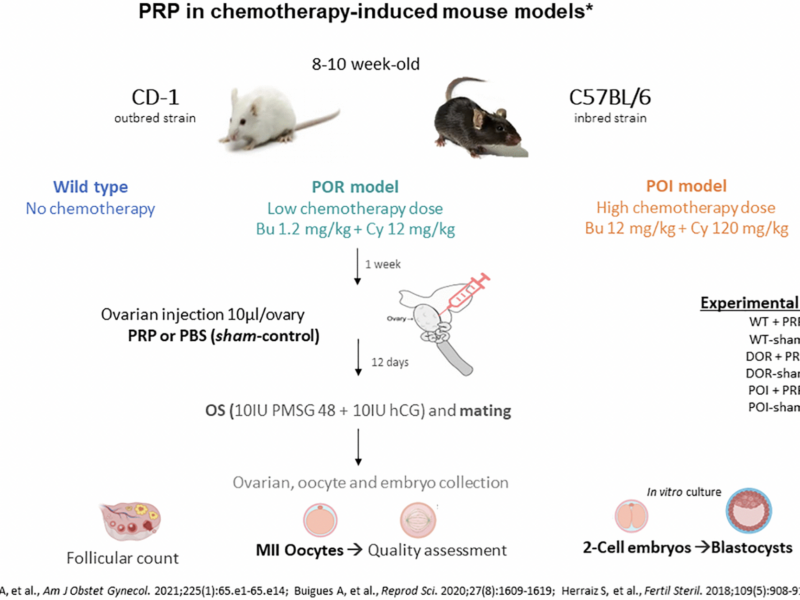
PRESS RELEASE – A new research paper was published in Aging (listed by MEDLINE/PubMed as “Aging (Albany NY)” and “Aging-US” by Web of Science), Volume 16, Issue 17 on September 13, 2024, entitled, “Intraovarian PRP injection improves oocyte quality and early embryo development in mouse models of chemotherapy-induced diminished ovarian reserve.”
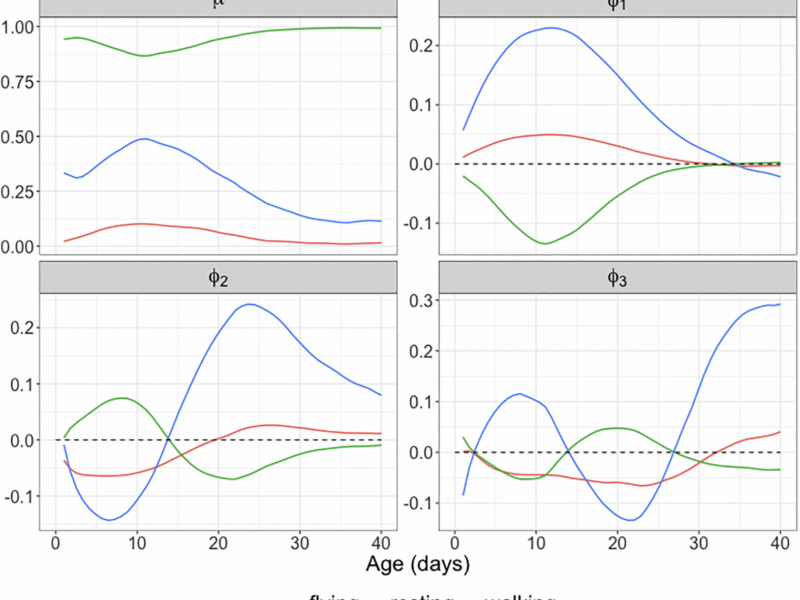
PRESS RELEASE – A new research perspective was published in Aging (listed by MEDLINE/PubMed as “Aging (Albany NY)” and “Aging-US” by Web of Science), Volume 16, Issue 17 on September 9, 2024, entitled, “Longitudinal activity monitoring and lifespan: quantifying the interface.”
